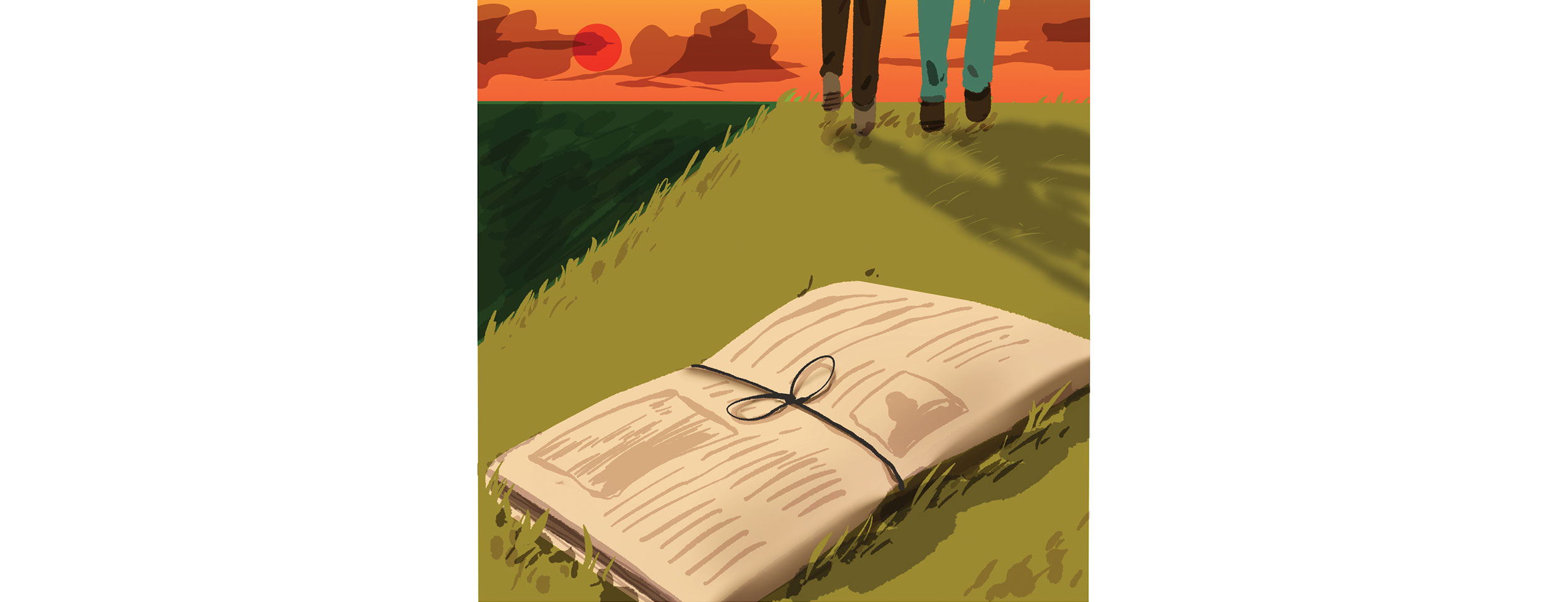Seventy-two years ago, I worked the paper route on the west side of Montgomery, Alabama, delivering the Alabama Journal to my neighbors, who were mostly African American. One afternoon, in 1946, I met, and would eventually befriend, the son of my white subscribers. We were both 13.
This summer, a trip back to Montgomery, and to my old route, got me thinking not only about that boy, but also about what has, or hasn’t, changed in Montgomery, and in America, since 1946. And it’s reminded me that it was that paper route that introduced me to journalism, a profession that I would love for the next six decades.
I didn’t realize it then, but the daily trek covered about two miles. As a teenager, it was a snap. Also, in those days, everybody in my community walked; no one in my family, and few blacks in Montgomery, owned cars. (My uncle Freddie bought one in the late 1940s, but when he went to take the test for his driver’s license, the white bureaucrat informed him point-blank that he would never be given a license. My uncle dutifully took the test each time he was eligible and, as the man promised, he was never granted a license. Nevertheless, Uncle Freddie cheerfully drove his Chevy around Montgomery until he died, without ever being stopped by police or getting a traffic ticket, as far as we knew.)
My route began a block from my home, but I had to walk a half mile in the other direction in order to pick up the bundle of Journals. The workday began right after school, at the “paper shacks” on West Jeff Davis Avenue, just a few blocks away from a shirt factory that employed dozens of African-American women, including, at one point, Rosa Parks, who frequently walked past our house on her way to the job.
At the very end of the route, the last street within the city limits, sat a small community of white people. One street. It was there that I met and became friends with this white boy.
First, we’d meet at his house. Then, later, he would join me at the corner, where he’d accompany me as I threw papers onto the porches of his neighbors. He shared his bicycle with me, since I did not yet have one. Eventually, he ventured farther out onto my route, to the edge of the black neighborhood, where he’d accompany me the rest of the way. We would ride his bike alongside the Louisville and Nashville Railroad tracks and across a freight train trestle. We’d wave at passengers and engineers on the L&N’s newest train heading north, the Humming Bird, on its daily evening run between New Orleans and Cincinnati.
He and I did not realize it, but our friendship was not only against the norm, it was against the law. Segregation was strictly enforced as the law of the South. I had no idea how his parents and neighbors felt; they certainly could have put an immediate end to the friendship (or worse) if they had chosen.
Our relationship ultimately came to a natural end when I quit being a newspaper carrier and went to work for Thomas Photography Studio, where I learned to develop and process film. I never managed to take pictures well enough to become a photographer, but the experience, along with being a paperboy, contributed to my eventual interest in pursuing journalism and settling on it as my lifelong profession.
Nor can I say that I was inspired by the Alabama Journal. Both the Journal, and its sister daily, the larger-circulation Montgomery Advertiser, historically supported racism and segregation well into the 20th century. Both ignored substantive black subjects in their main news sections and both ran “colored pages” on Saturdays, the least-read paper of the week. Ultimately, the Journal was among the first of the dailies to fall victim to changing reading habits that killed off many newspapers, mostly afternoon publications.
I’ve often wondered what happened to my paper-route friend. Did he go on to make other black friends and become a southern white liberal, defying his community? Was he strong enough to fight for change? Or did he fall in line and join his contemporaries in perpetuating racist activities in attempts to fit in and fortify the old ways?
As a journalist and educator (I returned to Alabama to become chairman of the journalism department at the University of Alabama for a short spell), I met a number of white people, some my students, who were appalled by the state’s past and present racist tendencies. At a reception, Frank Johnson, a federal judge who issued major rulings against segregation, lamented that horrific past and presciently but fearfully predicted that white liberals were fast disappearing in Alabama.
Montgomery has changed for the better, but many of my relatives and old friends say not by much. The city remains plagued by deep racial divisions. A few black people now hold jobs formerly denied them; a few live in fashionable, formerly all-white neighborhoods. While there no longer are widespread, widely accepted lynchings, black people say they still feel unwelcome. While nearly every major southern city has elected a black or nonwhite mayor, Montgomery has yet to do so.
So I wonder: Where is my boyhood friend, and how does he stand on these crucial subjects? Does he look back on our time as I do, as a moment of hopeful promise, much of it unfulfilled?
The year was 1946. We were 13 years old.
Paul Delaney is an award-winning reporter, editor, and journalism educator. He worked for 23 years at The New York Times, and was a founding member of the National Association of Black Journalists.


